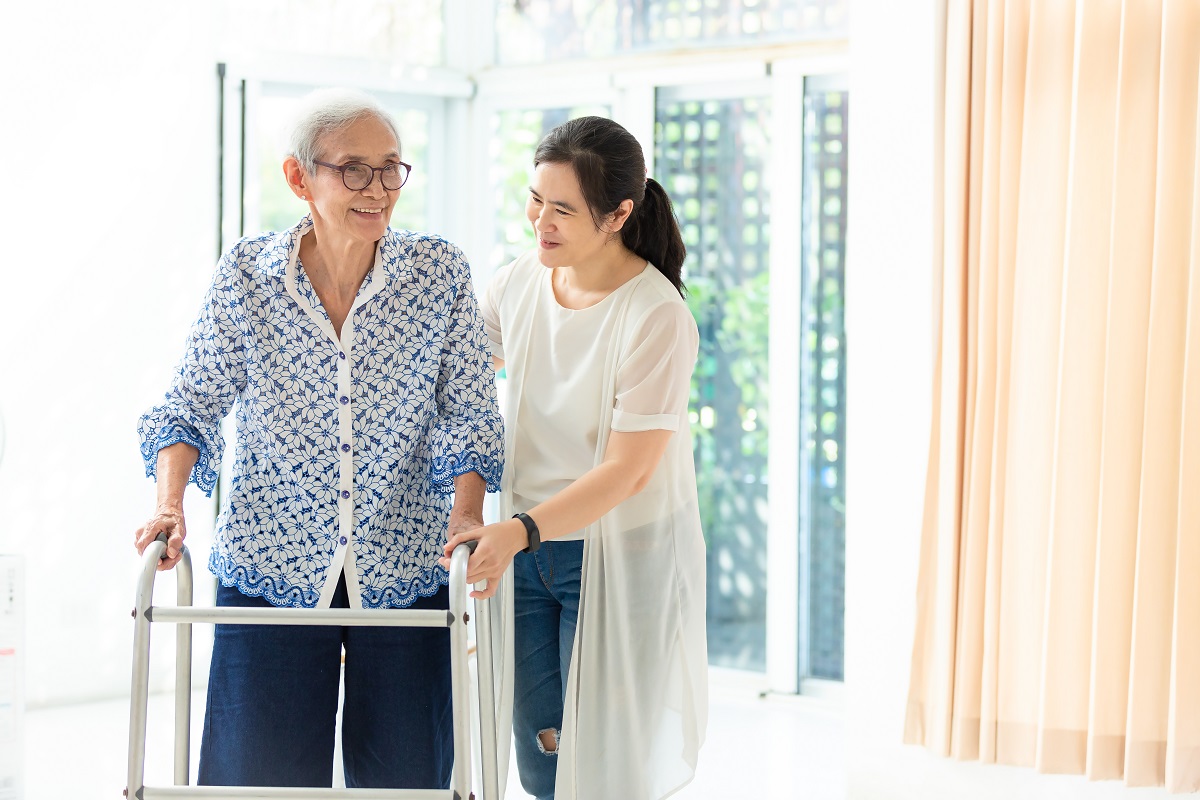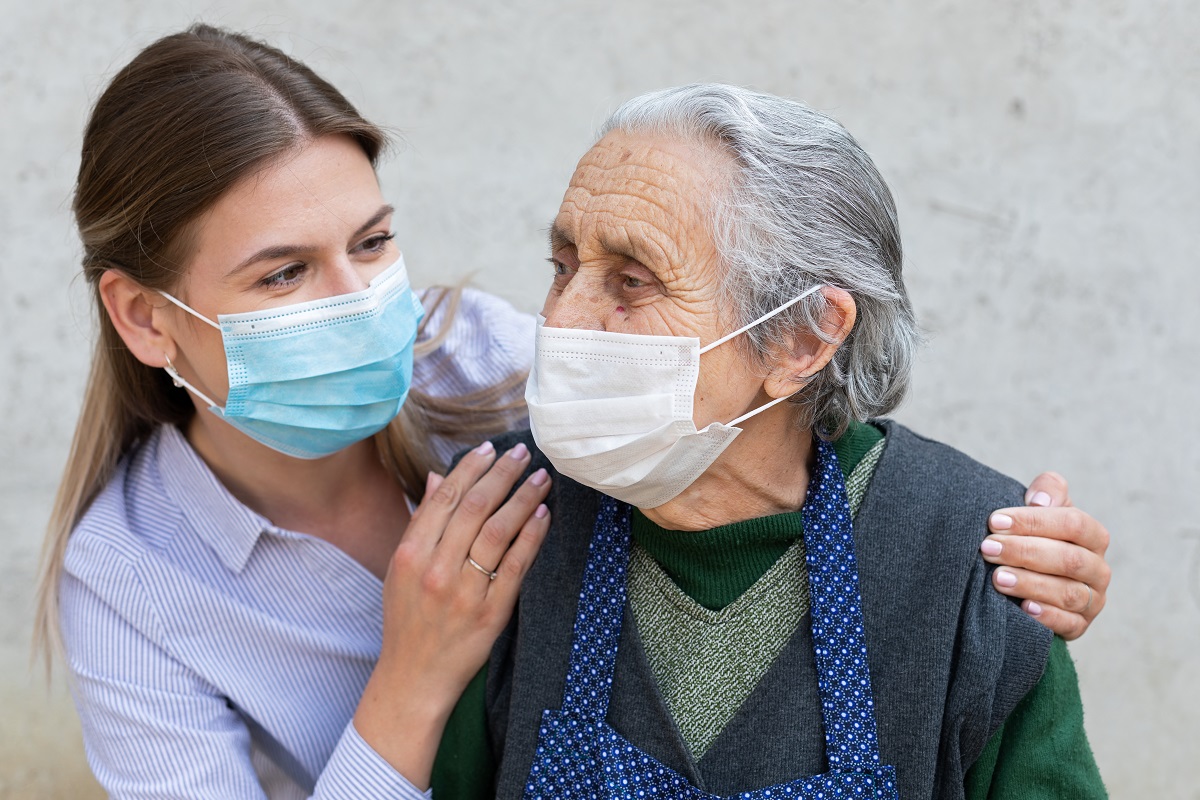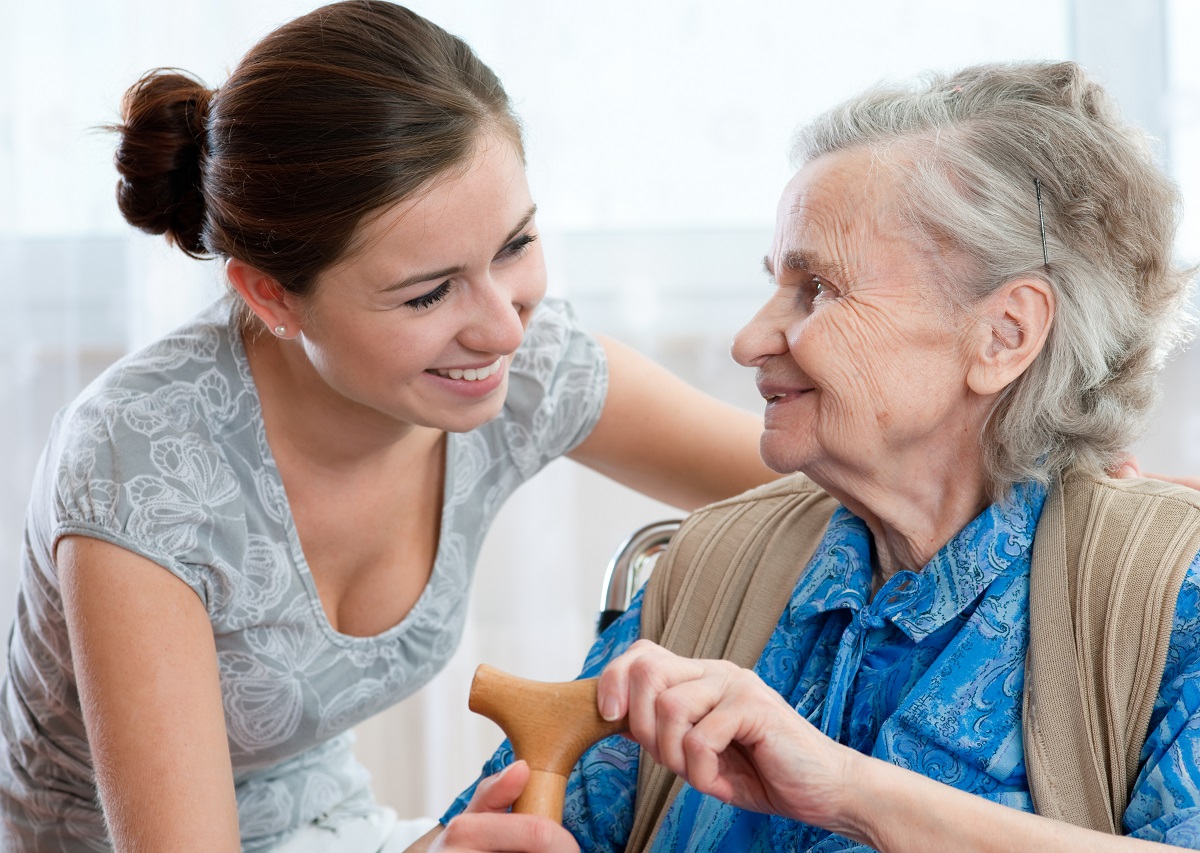Why do people with dementia fall and what can you do to prevent it?
The likelihood of suffering a painful fall increases for everyone as they get older. Around one in three adults over 65 who live at home will have at least one fall a year, and about half of these will have more frequent falls. It’s important that you try to prevent falls as they have been strongly linked to hospital admissions, which can, in turn, lead to a general decline in health.
Falls can be caused by sight or hearing problems (the latter because of things like ear infections which can severely affect balance). They can also be caused by health conditions such as heart disease and low blood pressure (hypotension).
However, people with dementia are particularly prone to falls not just because of their age, but also because the condition itself can affect spatial abilities, gait and ability to judge distances.
Did you know?
People with Lewy body dementia and Parkinson’s disease dementia are most likely to have problems with falls. This is because these conditions cause changes in a part of the brain called the basal ganglia, which is responsible for preparing for, starting, timing and organising a sequence of movements. They may also struggle to respond to changes in environment, such as a dip in the floor or a step.
8 ways to reduce the risk of falling:
It’s not easy to prevent falls altogether. However, there are some steps you can take to reduce the risk
1 – Remove clutter and dim lighting:
Make sure main living areas are well lit and free of clutter – piles of books, low coffee tables, bags, boxes – so they don’t become a tripping hazard. Make sure that your lighting is bright enough, particularly in potentially dangerous areas such as hallways and kitchens.
2 – Check their slippers:
Those comfy, cosy slippers they love to wear could cause a serious fall if they’re worn out or flimsy. In fact, slippers are one of the biggest causes of accidents at home in elderly people. Get rid of slippers without backs and bin any that have no grips. The ‘bootie’ style – which is a type of soft slipper shoe that looks like a boot – is definitely safest. Or if they hate wearing any type of slipper, consider some non-slip socks.
3 – Set up grab rails:
Think about ‘problem areas’ in the house where someone with dementia may struggle with mobility. The key places are probably entering the house (particularly if there are steps to come up to the front door), the stairs, low seats or armchairs, bedrooms and bathrooms as they’re all places where you’re going from sitting to standing positions or having to step up. A well-positioned grab rail could come in handy here to provide extra support or to grab when about to fall.
4 – Use contrasting colours
Brain changes in people with dementia mean they can struggle to note the difference between colours unless they contrast well. For example, a cream-coloured sofa or chair that matches the cream carpet is a lot harder to notice than a blue or brown sofa. This means they could stumble as they try to sit down or trip as they walk past it. Similarly, dark mats in the middle of the floor can look like a hole in the ground to someone with dementia as their brain and eyesight aren’t communicating in the same way as someone healthy, and it means they could try and step round or over the ‘hole’ which could lead to a fall.
5 – Beware slippery surfaces:
In most cases, the biggest risk for slipping is in the bathroom. This is because the floor can become wet, or someone can trip over a discarded towel or bathmat. However, also watch out for bathroom floor tiles that are very shiny, as someone with dementia may get confused and think the floor is wet, causing them to try and step over or around the floor and leading to a fall. If there are lots of mats and rugs, either remove them, or fix them down with gripping tape to prevent them sliding around. If they get up a lot during the night, try some non-slip bed socks.
6 – Avoid sudden loud noises
A shrill telephone sound or loud door knocker – could cause a person with dementia to turn quickly, meaning they become disorientated, dizzy and may fall. Obviously, you want them to be able to hear when people are trying to contact them, but be mindful of the fact that if the sounds are too loud, they could pose a risk, too.
Tip: Set up the phone so that it rings for a decent length of time, allowing them to get from one area of the house to the other to answer it, without having to rush.
7 – Encourage exercise:
Getting out and about isn’t just good for boosting mood. It can also help to build strength in muscles, which is vital for helping older people maintain their balance and stability. While walking is a great place to start, other activities such as yoga, tai chi, Pilates or resistance exercises are even better.
8 – Watch out for sundowning:
Sometimes, people with dementia can become restless and distressed around late afternoon and early evening. This is known as sundowning and needs to be monitored as it’s also a time of increased risk of falls, as the person affected will be distracted and more prone to walking off.
Still worried about falls? Take a look at these 3 products that might help:
If you’re really worried about falls, there are many simple products available that can make your home safer and reduce the risk of the person you care about having a fall. Here’s a few examples:
Motion Sensor Night Lights
Avoid unnecessary falls at night with these LED Motion Sensor lights can be positioned along skirting boards, in bathrooms, stairs, cupboards and more.
Fall Alarm Pendant with Pager
This waterproof fall sensor can be worn all the time (it’s even safe for showering) and will notify you immediately if the person wearing it has fallen.
Canary Home Care Monitoring System
Monitoring systems like this one (there are more, so look around if this doesn’t sound suitable) offer discreet, round the clock reassurance. Sensors can be placed throughout the house to monitor movement and alert you to falls and behaviour that seems out of character.
2 more ways to protect against falls:
Hip protectors
Hip fractures and breaks are all too common in people over 65 and can have a disastrous effect on mobility and confidence. However, you can buy special underwear which has built in padding around the hips to cushion them in case of a fall. The protectors are quite small and aren’t usually bulky enough to be noticed under clothing.
Have you heard about hip airbags?
This is the latest innovation in hip protection. It’s basically a belt with airbags either side which can ‘sense’ when the person wearing it is about to fall and quickly inflates, cushioning the impact of the fall. The company making them say that hip airbags can absorb 90 per cent of the impact of a fall. The bad news? The belt with airbags is expected to cost around £584 when it goes on sale in Europe this year.
Beds and bedrails
If you’re looking for a new bed, consider an adjustable one which can be raised or lowered to the perfect position. Try to avoid high divan-style beds as getting in and out of them can cause falls. A bedrail could also be a useful, and far less expensive, investment.
SHARE
Explore more




